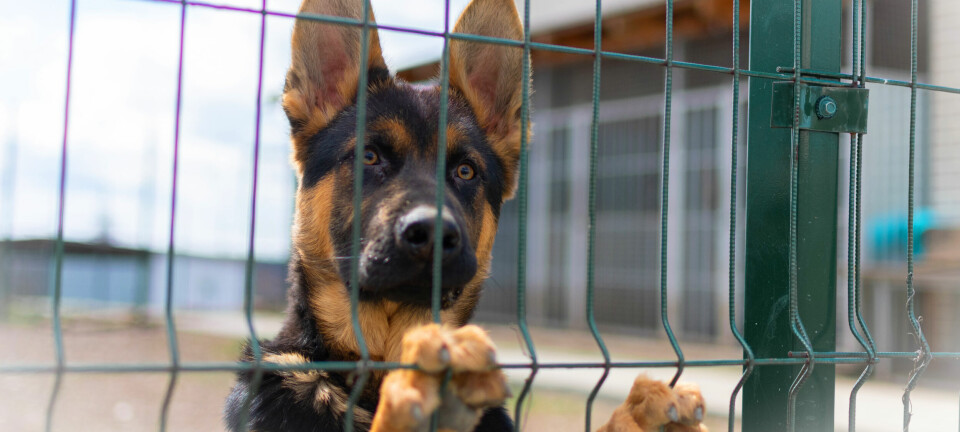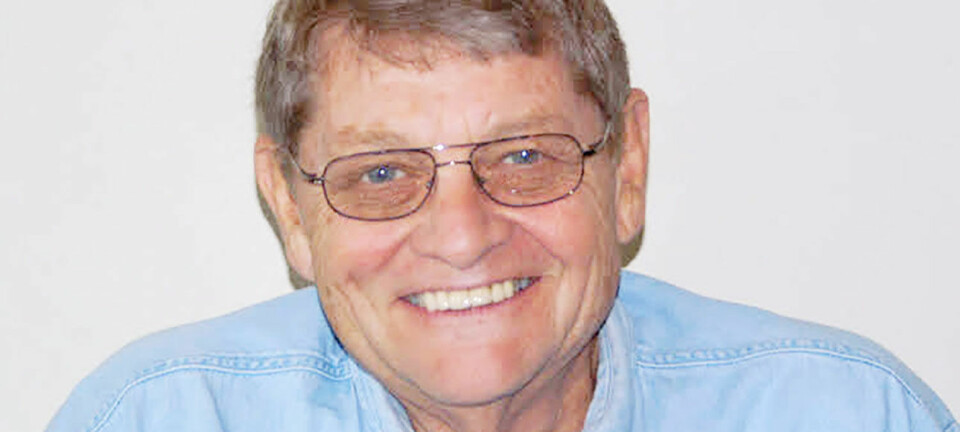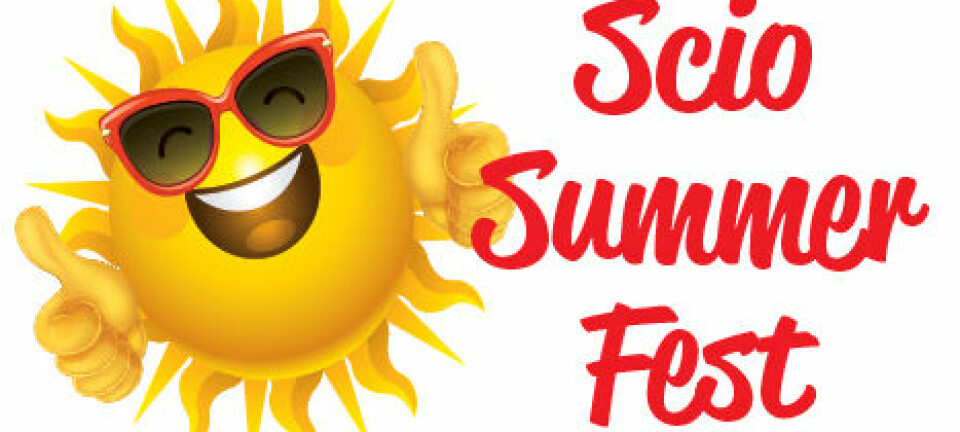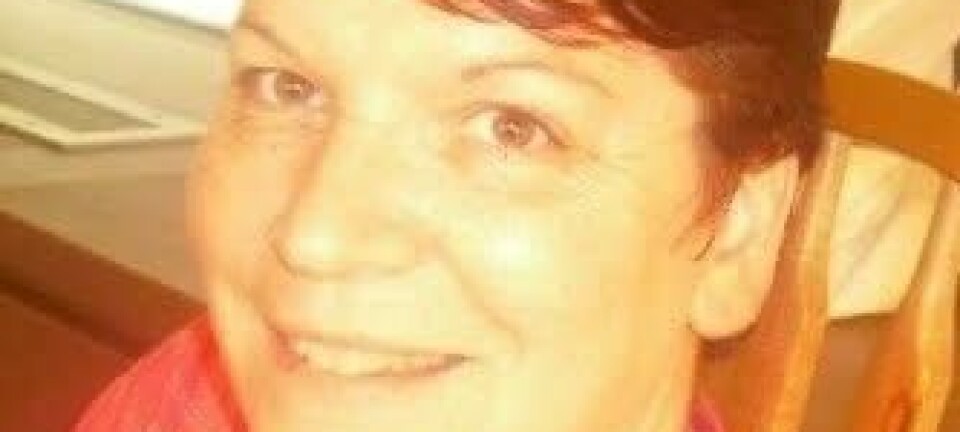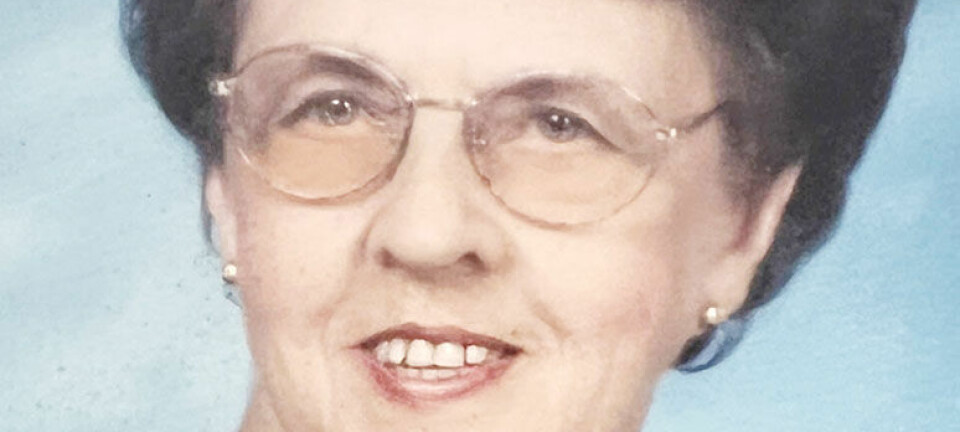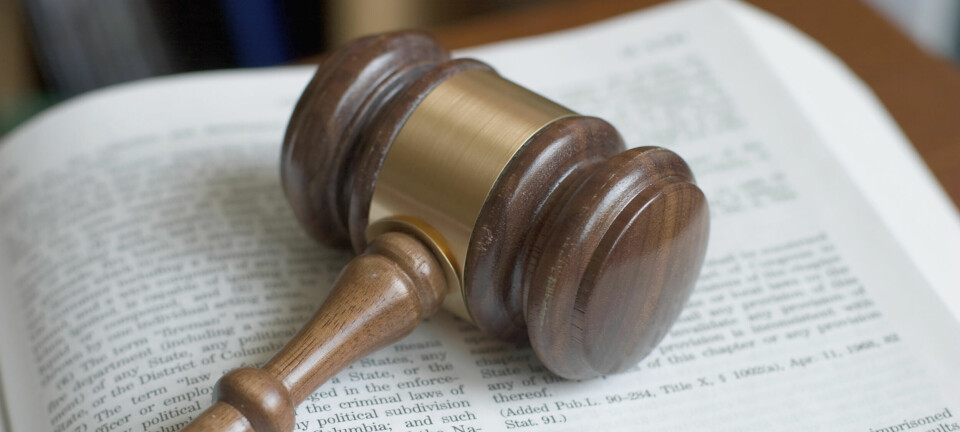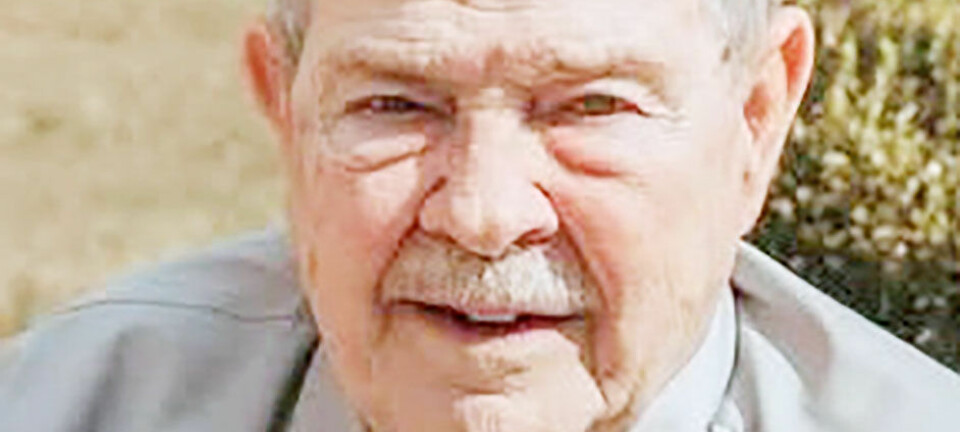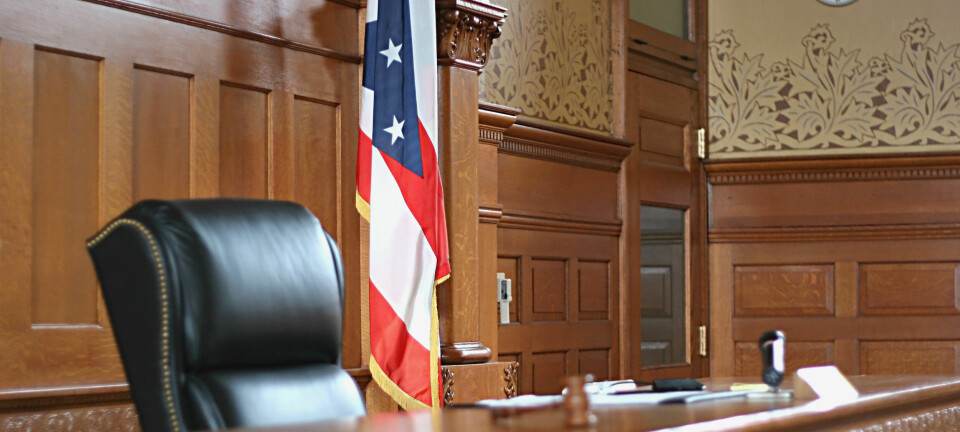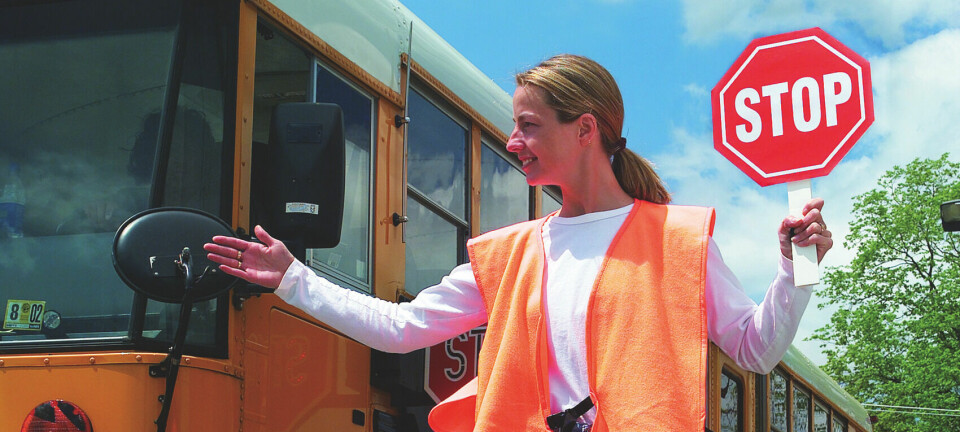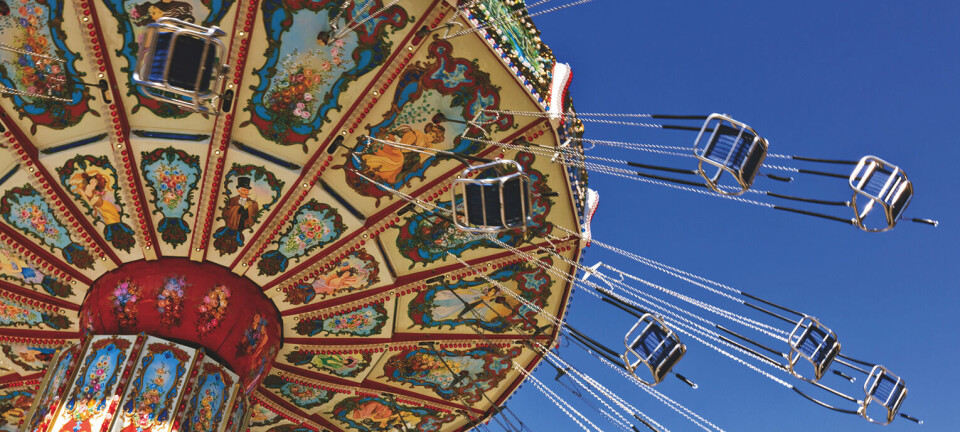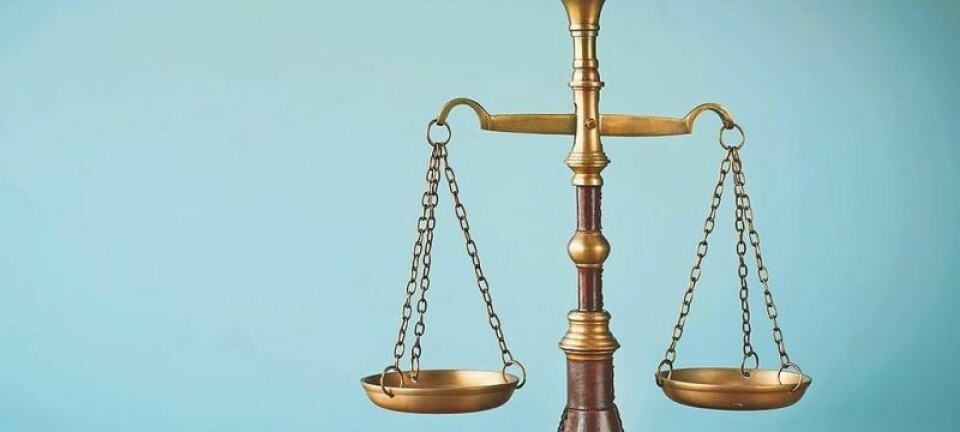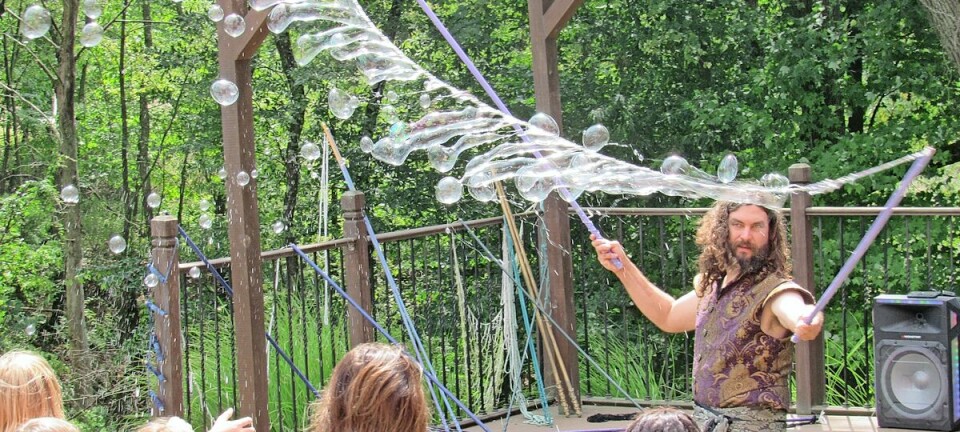Rare book expert helps find gems for annual sale
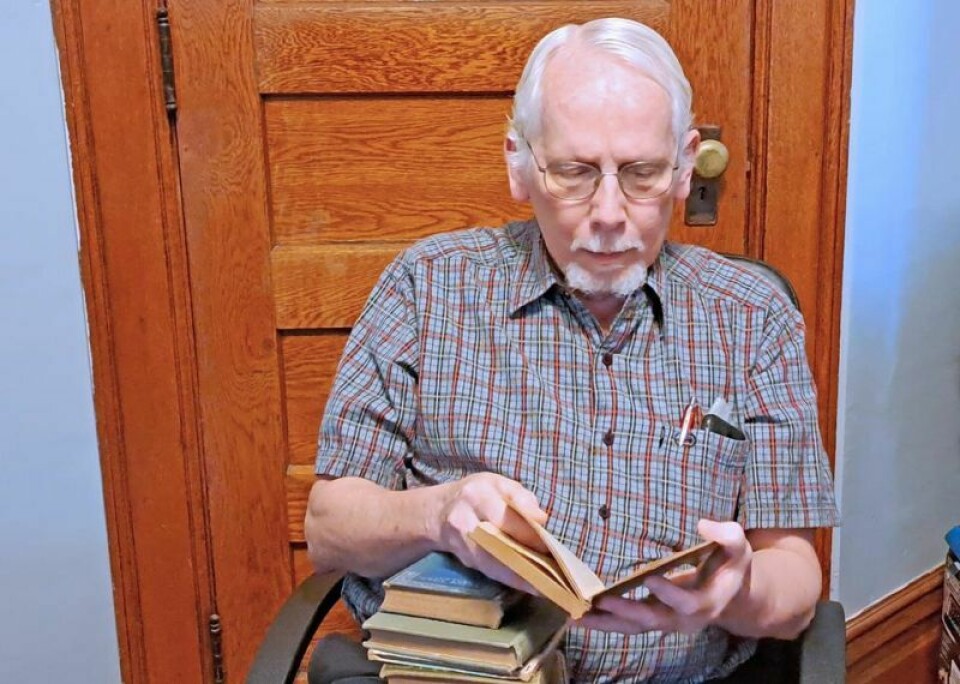
This year’s AAUW and Kiwanis’ Book Sale will be the 66th year for the event — considered the largest fall used book sale in Ohio with over 45,000 books.
Past sales have featured a special selection of vintage or collectible books that has grown in the last few years and will be expanded again this year. This growth is largely due to the contribution of one volunteer, Peter Roberts, a self-taught rare book expert.
“The value of a used book is generally dependent on three factors: rarity, demand and condition. Just because a book is old doesn’t mean it is valuable,” Roberts said. “Most of the books we put into the vintage or collectible category were printed before 1930 but not always. We have had books printed in the 19th century which aren’t particularly valuable because so many were published. McGuffey’s Readers, for example, began being printed in 1836, but over 100 million were printed and their value is typically very low today.
“At the other end of the rarity scale, we recently received a large number of specialized books on chemistry. Most wouldn’t be considered old, but because they deal with a narrow area of the field and were printed in smaller quantities, some are fairly valuable.”
Roberts explained how demand is another indicator of a book’s value, but the key to demand is finding the right buyer for a specific book. Two years ago the book sale received a fairly new book containing the genealogy records of the Moravian community in Ohio. It turned out one of the sale volunteers had relatives with ties to the Moravian settlements in Northern Ohio, and a buyer was found.
Among the other things that enhance a book’s value would be a copy signed by the author or a first edition. A first-edition copy of “The Great Gatsby” with its original dust cover sold at auction for over $100,000 not too long ago. Identifying first editions can be tricky, however. Roberts recalled a copy of “To Kill a Mockingbird,” which the donor thought was a first edition, but it turned out to be a book club first edition with little worth monetarily.
Finally, the condition also is critical in calculating the value of a book. The copy of “The Great Gatsby” was probably listed as in fine condition, meaning no signs of damage or wear. A very good rating indicates some evidence of damage or wear, although it may be quite minor. Most of the books the fall book sale receives are neither fine nor very good after sitting on a bookshelf for, in some cases, years. That in itself can cause damage that reduces value.
Setting the price for a used book based on its condition is frequently a judgement call. Roberts avoids looking at Amazon or other general merchandise sellers online because they don’t include a complete description of the condition of the book, making it impossible to establish a reasonable comparable price for a book in similar condition.
The AAUW Kiwanis sale is unique in that it works best as a live sale and not online.
“If we sold books online, we would have to carry our book inventory until they sold, which could take several months or even years,” Roberts said. “Our goal at the sale is to sell as many of the books collected since the previous sale during a short five-day period. Keeping the sale to five days (also) allows us to avoid charging sales tax.
“We have also developed a following of book dealers from as far away as New York and Minnesota who come to our sale because we offer a wide selection at dealer-friendly prices. We also give very deep discounts the last two days of the sale, (and) any books left over at the end of the sale are donated to local Goodwill stores.”
Roberts said starting over every year with an empty warehouse is a bit daunting but that the community always manages to come through.
“We rely almost entirely on the generous donors here in Wayne County to keep dropping off their used books donations,” he said.
The book donation center, located on the side alley on Thomen Court, behind 214 N. Bever St. and Advanced Auto Parts in Wooster, is open every Saturday from 10 a.m. to noon.
All book sale proceeds support youth programs and scholarships for women whose education has been interrupted. This year’s sale is scheduled Sept. 26-30 at the Wayne County Fairgrounds’ Home Economics Building (Buss Hall), located at 199 Vanover St. in Wooster. For more information go to www.woosterkiwanis.org/booksale, email WoosterKiwanis@gmail.com or call 330-439-2093.

